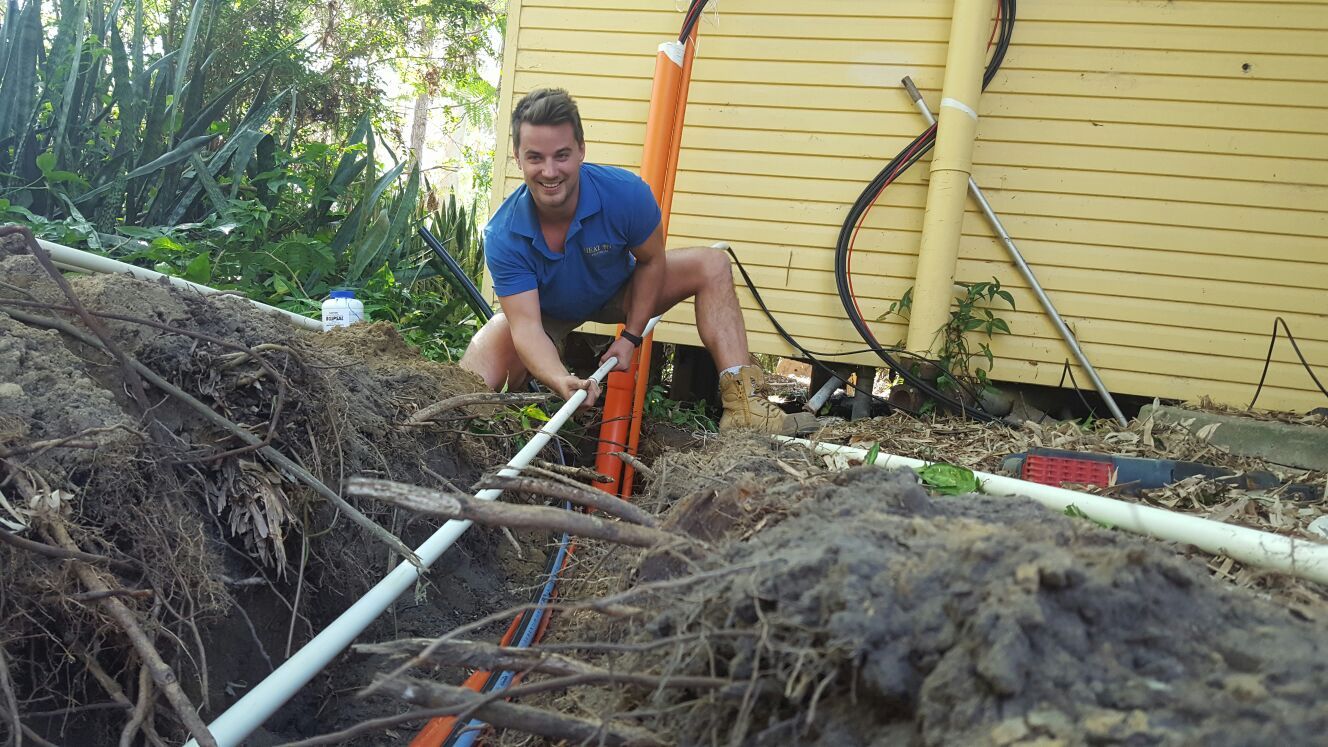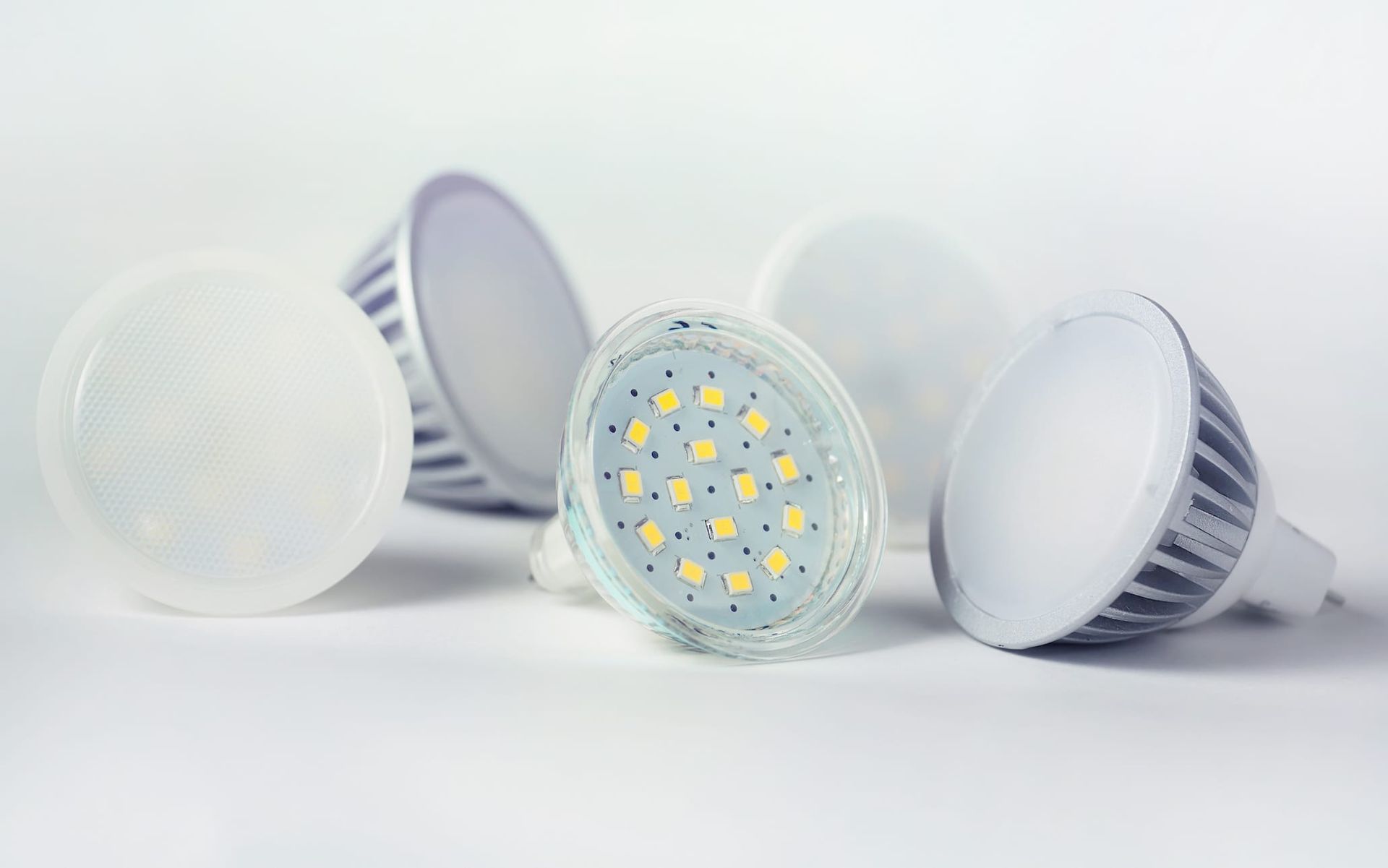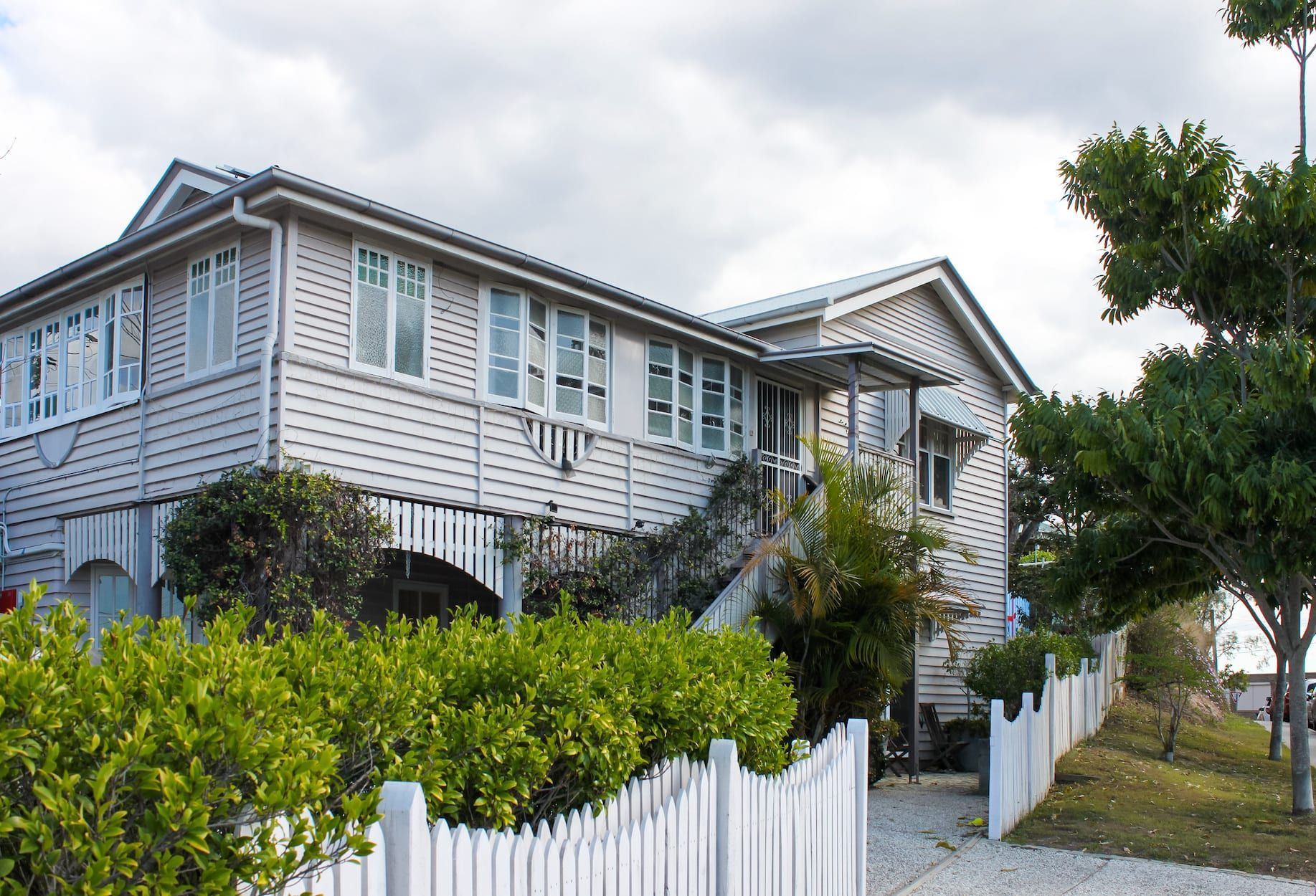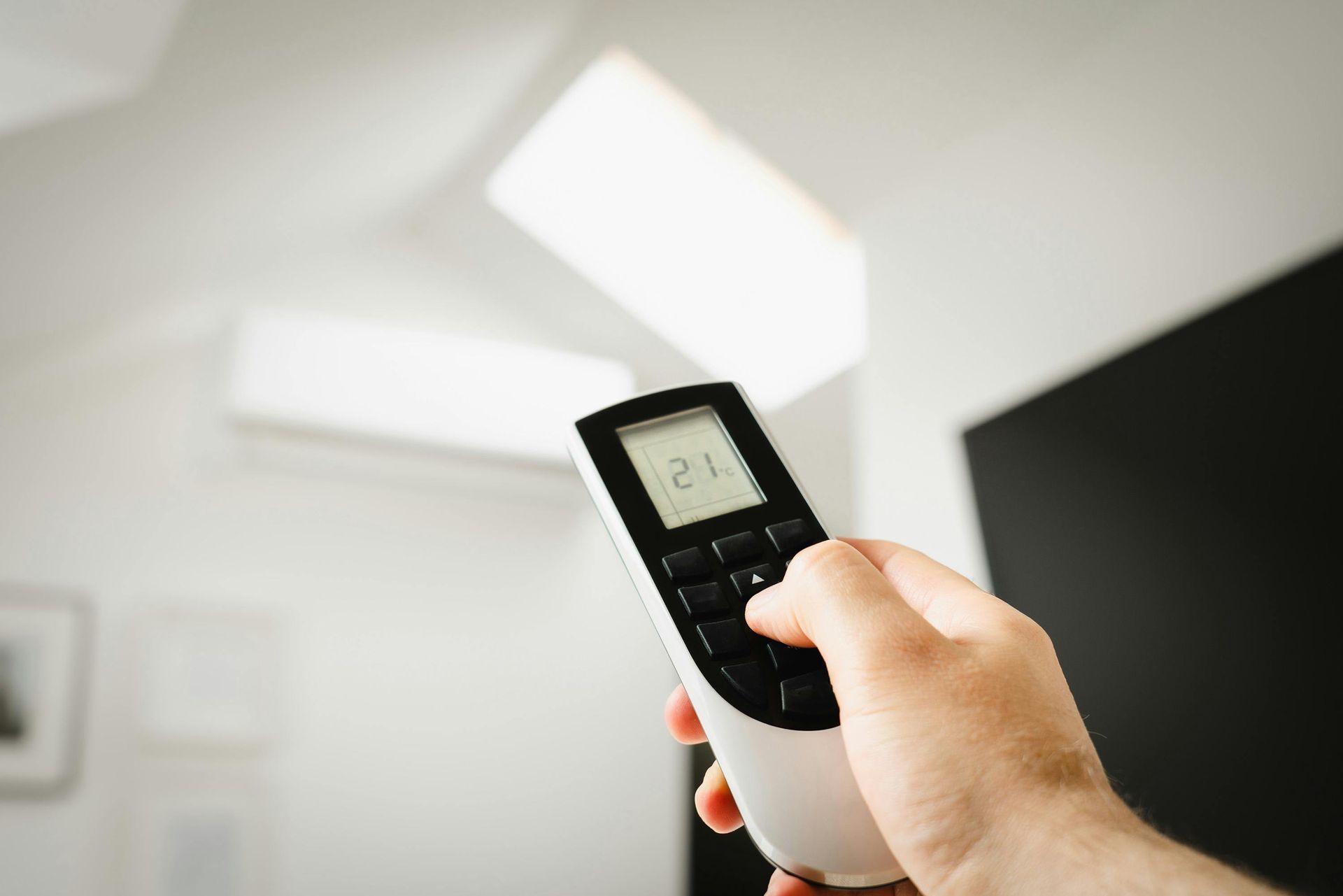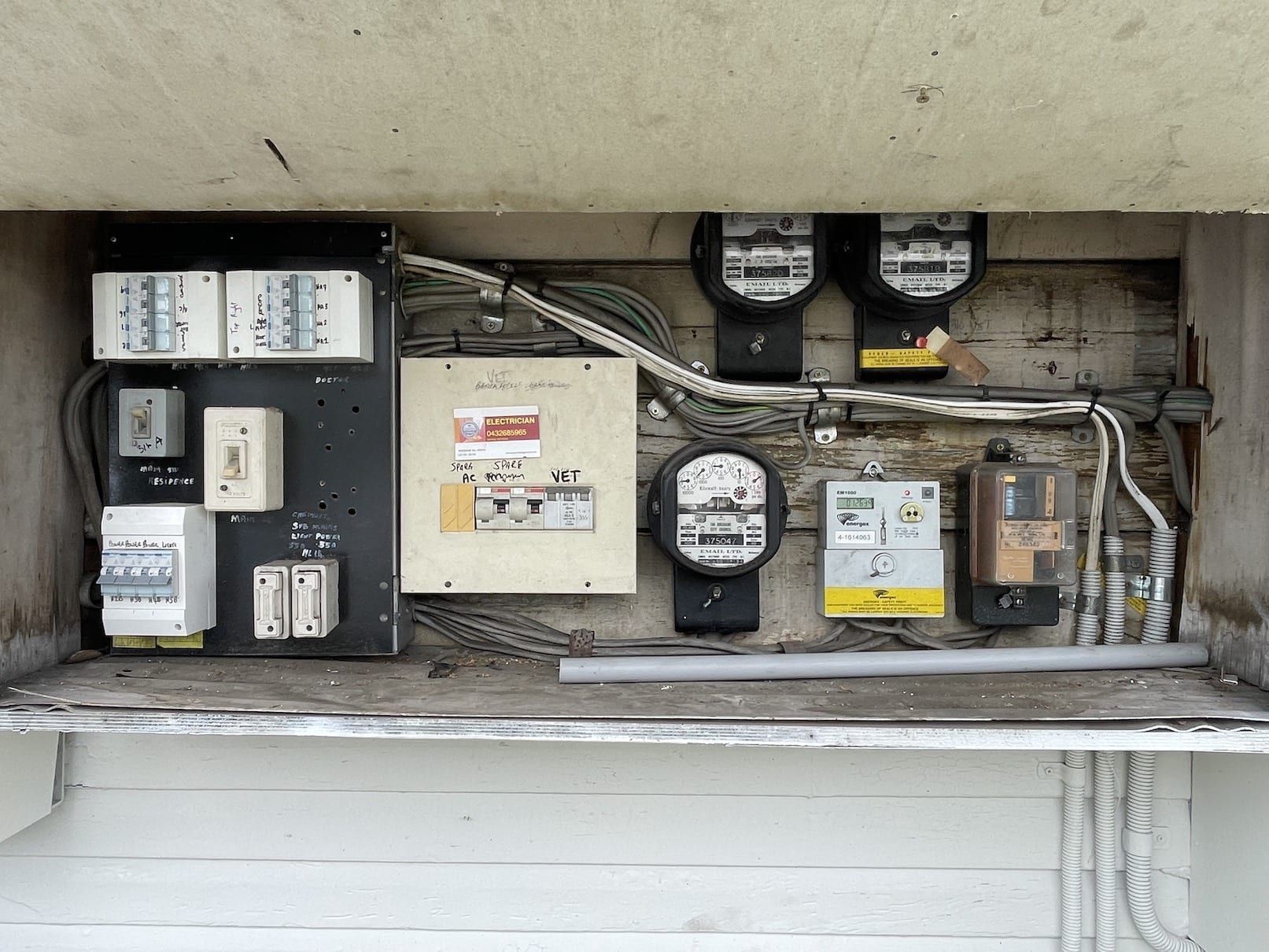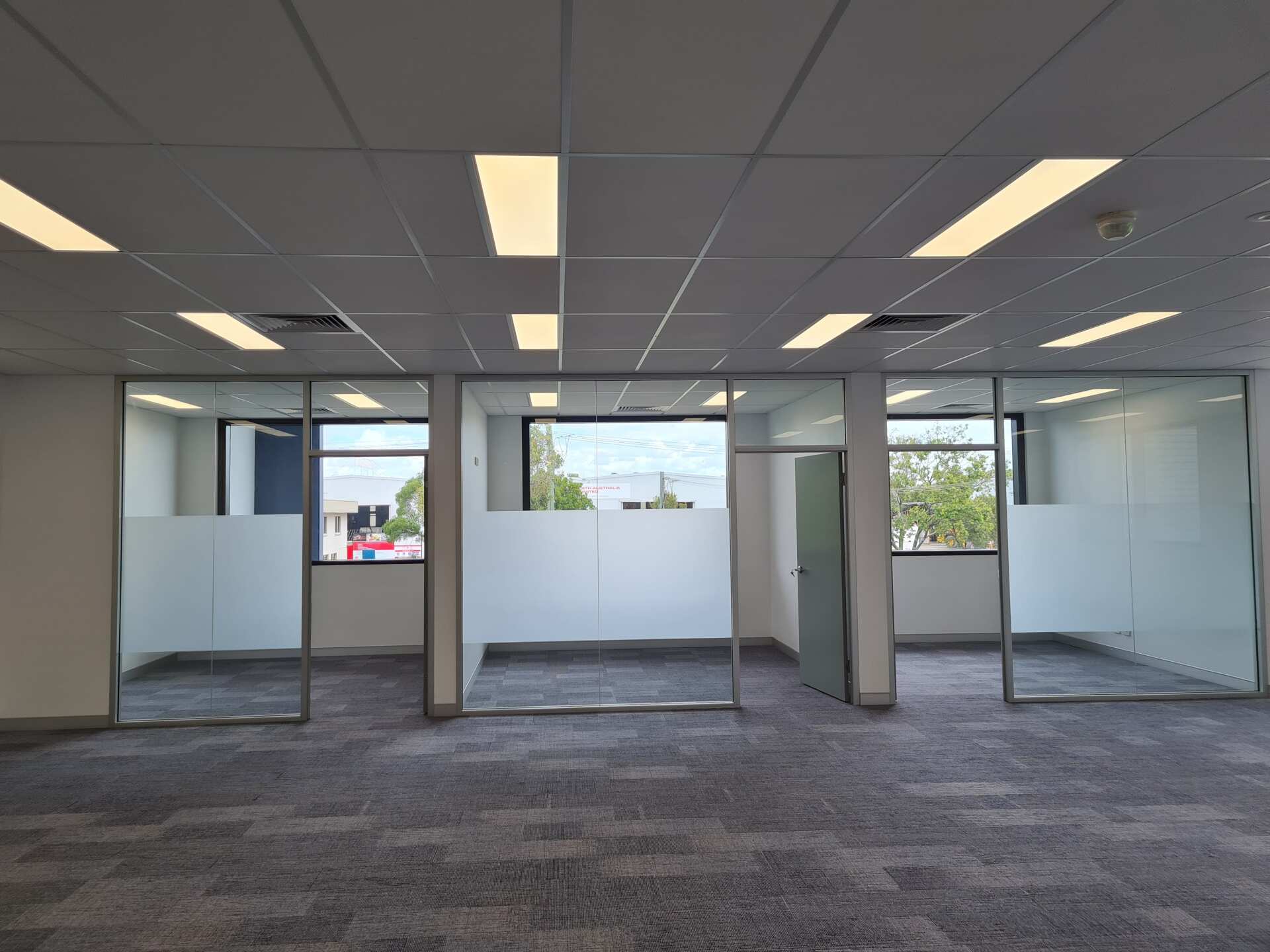
These days, safety switches are more than just a smart idea. They're a must-have in homes across Brisbane.
With so many devices in use, everything from garden lights and ceiling fans to dishwashers and laptops. It’s important to make sure your electrical system is set up to handle everything safely. Add in outdoor areas, sheds, and even sports field lighting and things can get tricky fast if the wiring isn’t ready.
Before jumping into a safety switch installation in Brisbane, there are a few things worth checking. A bit of prep can help avoid power problems later and keep the process simple. Whether your home is older or fairly new, getting the groundwork right can save time and reduce the risk of surprises once the work begins.
Check the Age and Condition of Your Switchboard
Start with the switchboard. If it’s more than a few decades old, it may not be ready to support today’s safety switches (also called RCDs). Homes built before the early 2000s often still have gear that was designed long before modern energy use really took off.
Some signs that your board might not be keeping up include lights that flicker, breakers that trip for no clear reason or a switchboard cover that feels hot to the touch. If your board still has ceramic fuses, it probably needs an upgrade before a safety switch can be added properly.
Even if everything seems to be working, a quick visual check might uncover something worth raising with an electrician. Rust, cracks or discoloured parts can point to heat stress or past faults. The goal here is to catch problems early so the switch can be installed on a safe, secure foundation.
Checking your switchboard is something recommended as part of routine maintenance every couple of years. If you haven't had a professional inspection in a while or can't remember the last time it was checked, now is a good time to get an expert in.
Understand Your Home’s Current Electrical Load
Next, look at what your home is actually running from day to day. Many properties in Brisbane now have extras that weren’t common a couple of decades ago. A backyard might have decorative garden lighting, a ceiling fan under the patio and even a pump for a small pool or fishpond. Each adds power usage and pressure to the system.
During spring, it’s common to see people setting up timers to run appliances when solar is generating. This is a smart idea, but if your circuits are already near limit, it can be hard on older systems. Sports field lighting or large outdoor setups can push the load even higher depending on when they’re used.
The number and type of appliances isn’t always the issue, it’s how the load is spread across the circuits. That’s something a professional can check, especially when preparing to add safety switches. If everything’s already stretched, the system might need tweaks before installation.
For properties with larger setups or those that use advanced features like garden lighting and security lights, the load on your mains will likely rise as you head into the warmer months. Local electricians offer mains upgrades and switchboard modifications, allowing for more room to accommodate these heavier loads safely.
Work Out If Your Home’s Wiring Is Up to Date
Even if the switchboard is fairly modern, the wiring behind it might not be. Homes that have been renovated bit by bit often have a mix of old and new wiring. While it might work fine on the surface, some parts may not line up with how safety switches are supposed to function.
That’s where tools like thermal imaging come in. This type of scan helps spot dirty connections or damaged wires behind walls without cutting anything open. It's useful in spring when warmer weather returns and devices like air con, fans and garden equipment start getting regular use.
Regular maintenance, like RCD testing, can help spot hidden issues. It’s common to pick up small problems like wear on connectors or hot spots around junctions during these tests. Getting maintenance scheduled before installing a new safety switch means there’s less chance of needing to go back later and patch things up.
It’s not just about big jobs either. Routine electrical inspections, including AC cleans and RCD maintenance, are recommended by many local providers. Regular checks and small repairs early on keep big issues from sneaking up during busy times of year.
Look for Gaps in Circuit Protection
Some older switchboards don’t have safety switches on every circuit and that’s a worry. It’s pretty common to find garages, sheds or outdoor lighting still on unprotected lines, especially in homes that haven’t had a major upgrade.
Sensor lights, motorised gates or power tools plugged into the shed might seem simple enough, but if they’re running without protection, one fault could knock out a system or even cause injury.
Ahead of a safety switch installation in Brisbane, it’s worth thinking about all the areas in and around your home. If power is running to parts of the yard or into add-on rooms, those circuits should probably be brought into the update.
With storm season close, security lights and outside fittings deserve extra attention. Fitting outdoor security lighting on its own protected circuit can lower the risk of faults and means essential lights work when needed most.
Here’s a quick list of areas commonly left off protected circuits:
- Garage and shed power points
- Outdoor garden and sensor lighting
- Pool pumps, pond features, and irrigation controllers
- Additional outdoor sockets used for Christmas lights or appliances
Every one of these adds another reason to check circuit coverage before installation goes ahead.
Smart Safety Means Fewer Surprises Later
Doing a few checks before installation helps everything go smoothly. If problems are picked up early, they can be sorted out with less fuss. Everything flows better when the wiring and setup are clear.
Spring is the right time for electrical prep. Ceiling fans are being used more often again, and people are setting up backyards and patios for family afternoons. That means more lights, more movement outside, and more pressure on your circuits.
When you already know which parts of your system are clean, safe and set up well, it's easier to move ahead with upgrades like safety switches. Planning now means you’re not left scrambling when the weather gets hotter or your circuits start acting up. It’s not just about ticking a box, it’s about getting smart with how your home uses power every day.
Planning new electrical work this spring is a great time to double-check your existing setup and make sure everything’s ready for upgrades. We always suggest starting with a clear picture of your current wiring and usage to help prevent delays later on. Whether you're adding outdoor features or running timers during solar hours, a bit of prep goes a long way. To find out if your home is ready for a safety switch installation in Brisbane, get in touch with Heat On Electrical and we’ll help you get started.




